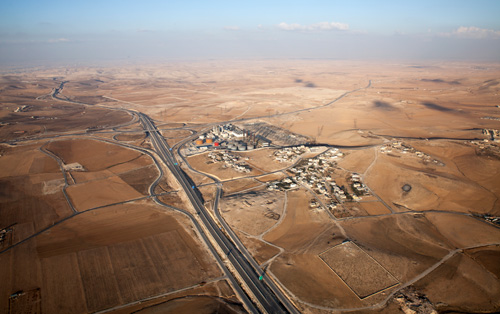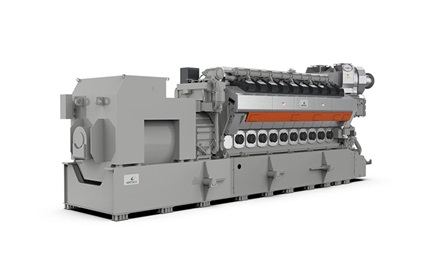

Combustion engine vs. Aeroderivative gas turbine:
Water consumption
Water availability and management are important considerations, particularly in regions with water scarcity or where water resources are under stress. Water scarcity is already a challenge for the electric power sector in countries where droughts and diminishing reservoir levels have had negative impacts. By adopting technologies that minimise water usage, the power industry can help reduce the environmental impact of power generation.
Although power plants use water for various processes – including pollutant scrubbing to control air emissions, sanitary systems, plant cleaning and fuel processing – the vast majority of water is used for cooling. While combined cycle gas turbine plants consume a significant amount of water for cooling, simple cycle aeroderivative gas turbine plants do not consume any water for cooling because they do not produce steam.
Simple cycle aeroderivative gas turbines do, however, use demineralised water to reduce NOx emissions, boost net output and reduce inlet air temperature in hot climates. Gas turbines equipped with dry low-NOx burners or DLN burners do not require water for NOx emissions control.

Vastly differing water consumption
Reciprocating internal combustion engines consume a negligible amount of water. Wärtsilä reciprocating combustion engines are equipped with a closed-loop cooling system with water-to-air radiators, which means process water consumption is almost zero. This allows power plants to be located away from the coast, either within a load centre or in a remote desert area.
Figure 11 presents the water consumption for a Wärtsilä combustion engine and aeroderivative gas turbine operating in simple cycle. A Wärtsilä engine power plant operating in simple cycle on natural gas consumes less than five litres of demineralised water per hour due to its high efficiency and low cooling needs, while an aeroderivative gas turbine will consume nearly 12,000 litres per hour.

Figure 11: Water consumption of different technologies.


